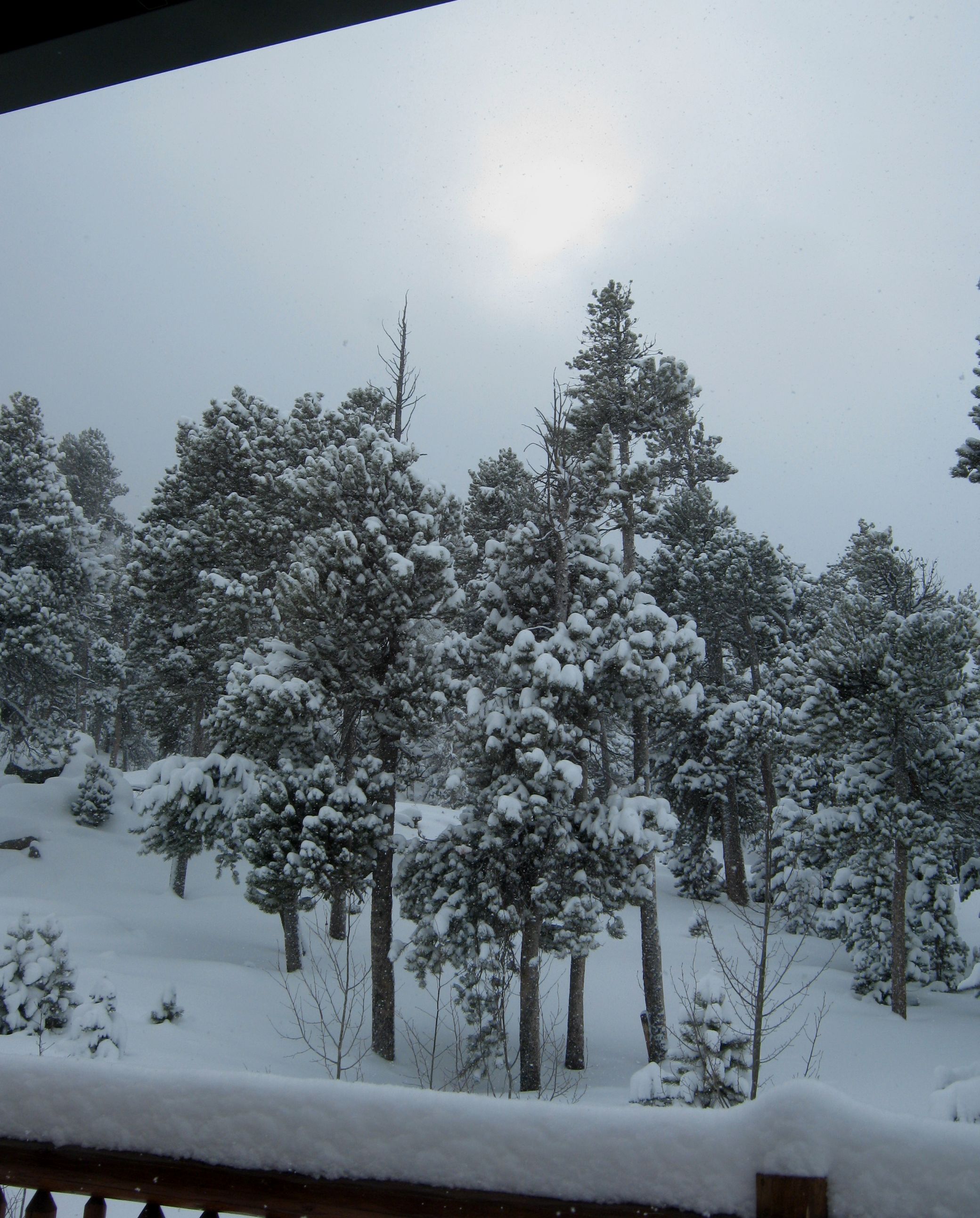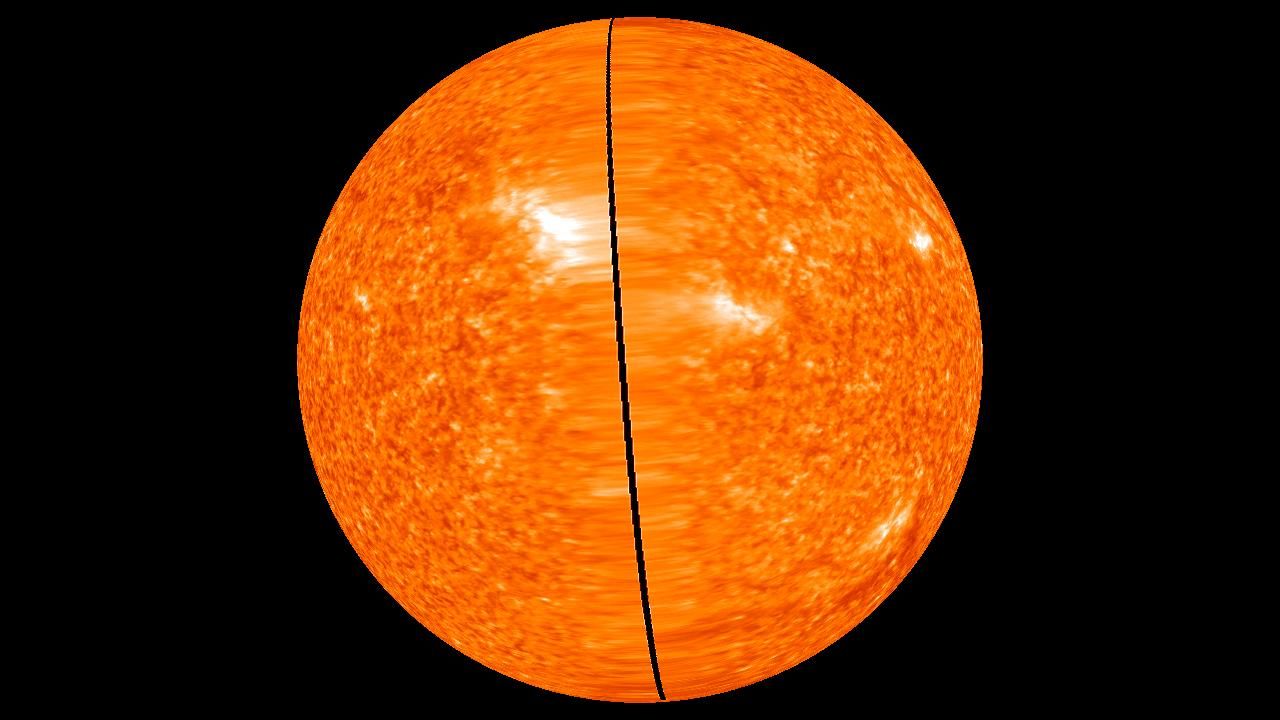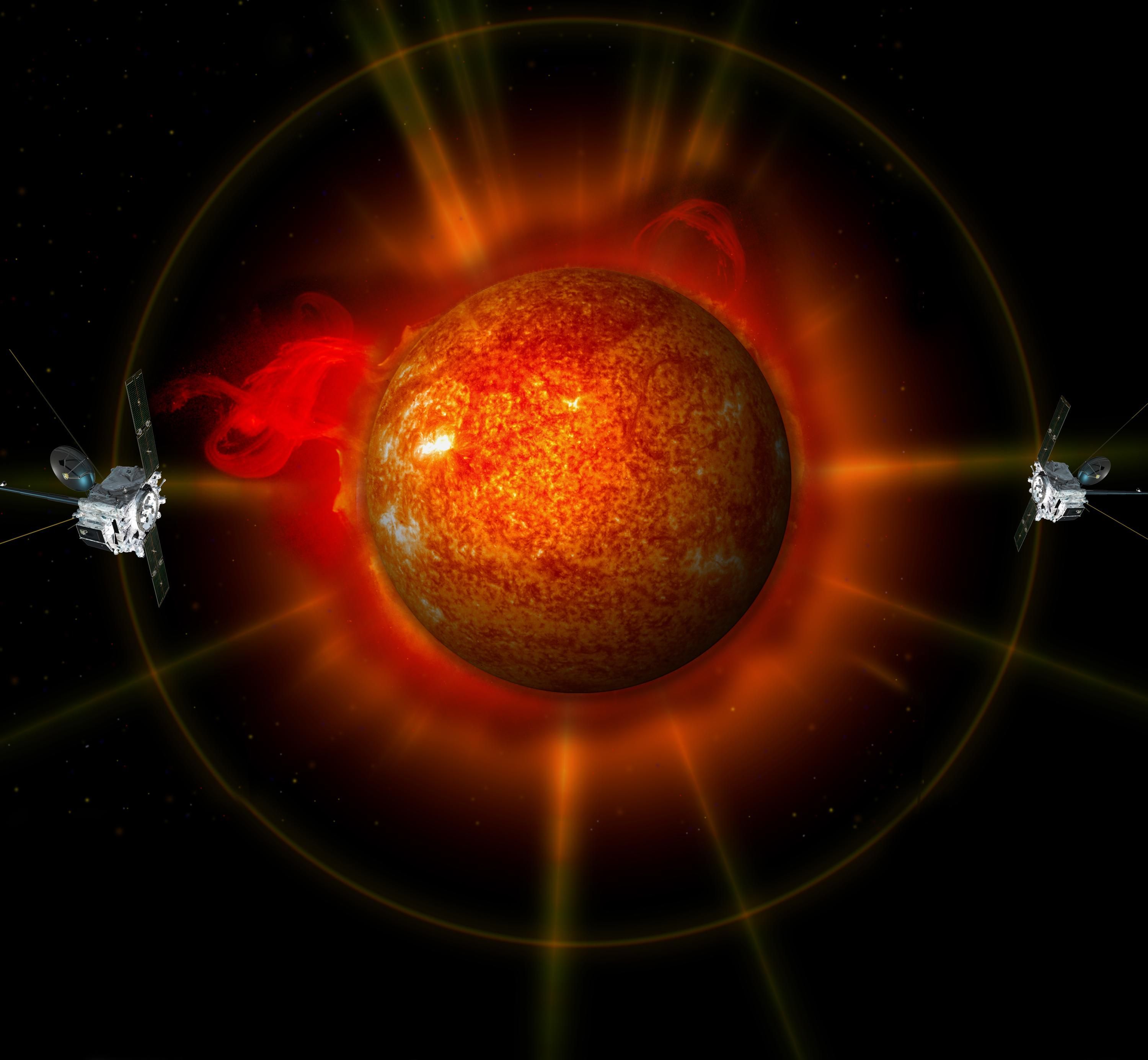Close Approach to Comet Tempel 1 in 3… 2…. 1….
Back when I was in graduate school, I studied comets for a living. The hunka hunka sublimating solar system ice I spent the most time on was Comet Halley. My advisor, Jack Brandt, was part of the the Large-Scale Phenomenon Network of the International Halley Watch, and so my job was to go through all the images we had of Halley and select the best ones to do science with.
And do science we did! We tracked changes in the comet’s tail as it rounded the Sun during its orbit, and then afterwards came to some solid conclusions about how the plasma tail (the one made of ionized (charged) gas molecules) was affected by the action of the solar wind. It turns out that the plasma tail of a comet can magnetically disconnect — that is, break off — when it passes into a region of the solar wind that has a different electrical polarity than the one it formed in. If you know where the comet is in the solar wind, and you know the rotation rate of the streams in the solar wind, you can calculate about when the plasma tail will disconnect at different points in its orbit. And, if you take a series of images of the comet, you can capture that break-off and track the old tail as it floats away. Very cool stuff. As an added bonus, you learn something about the solar wind, which is ever more important in these days when we have so many technologies that can be knocked out by a big solar outburst.
I didn’t know a lot about comets when I started on the project, but by the end, I could look at an image of Comet Halley and tell you when it was taken and if the plasma tail had disconnected. It was up to my colleague Yu Yi (who was working on his Ph.D thesis using Comet Halley data) to tell us what the conditions in the solar wind WERE for various times in the orbit.
We didn’t pay as much attention to the dust tails of our comets, nor to the coma clouds that formed around the nucleus, since they don’t respond the same way to the solar wind. Not that we ignored them, but they weren’t our primary focus. But they have their own tale to tell, and there’s an upcoming mission to explore another comet’s nucleus and coma. It’s called Stardust and it already has some solid, successful observations.

I was thinking about the good ol’ comet study days when I was reading about the upcoming close approach of Comet Tempel 1 by the Stardust spacecraft. That little visit will take place on Valentine’s Day, Feburary 14, 2011. Unlike our team, which focused on those glowing blue plasma tails, the Stardust team will be focused on images of the comet’s nucleus, and measure the size, composition, and flux (flow) of dust that makes up the coma — the cloudy “crown” that surrounds the icy nucleus of the comet.
The nuclear centers of most (if not all) comets contain materials that date back to the formation of the solar system some 4.6 billion years ago. So, studying the gases that flow from a comet (which come from the cometary ices as they sublimate (dissolve away) as well as the dust that is embedded in those ices and which streams away from the comet, will tell scientists more about the frozen materials that existed in the nebula that formed the Sun and planets. Chemically, they should be able to tell something about the conditions the comet has experienced (that is, how much those ices have been heated, what proportions of different ices there are in the comet, which could be a clue as to where they formed in the original solar nebula), as well.
In addition to the ices, comets have dust — and those dust grains also harken back to the early days of the solar system. They existed in the solar nebula, but their origins far predate the solar nebula — as grains of interstellar dust whose origins stem from elements ejected as older stars died and spread THEIR substance to the interstellar medium.
So, the Stardust folks aren’t just looking at a comet. They’re looking at a cosmic history ark — one that encapsulates our own solar system history, and maybe some clues to older, long-gone stars. The scientists will be ecstatic as close approach day gives them that long-awaited closeup of the comet. I, for one, think it’s great that we’re lifting the veil on these orbiting ice chunks. There’s so much they can tell us about our solar system’s early history. And, for people who have never seen a comet up-close and personal, it will be a great exploration. Check it out and stay tuned!



